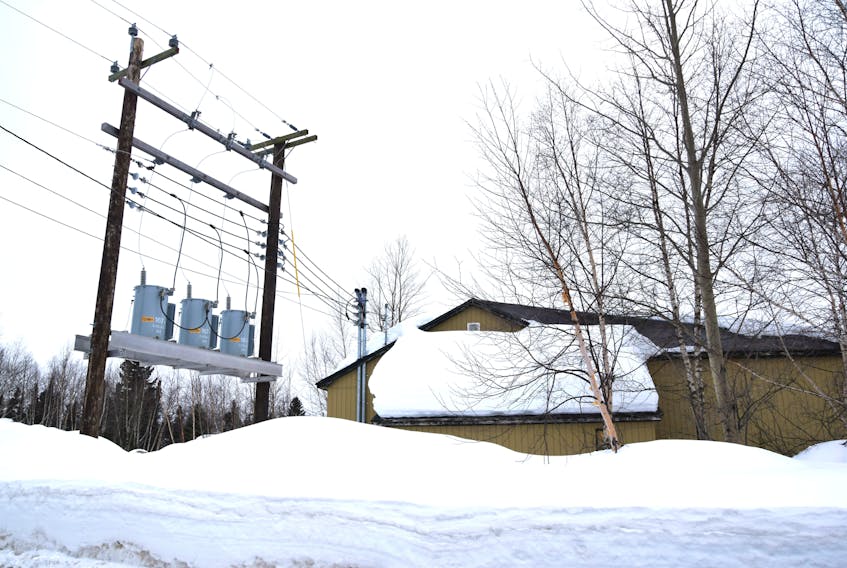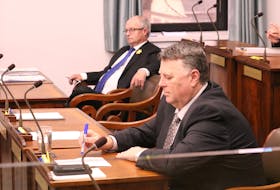Maybe a whole bunch of things are going on in the background with Muskrat Falls rate mitigation.

I would suspect not; everything governmental seems to have been in a holding pattern since the election was called, and it’s not back to normal yet. Meanwhile, in other jurisdictions — namely Quebec — things are moving ahead quickly.
In this case, slow and steady isn’t going to win any races.
Here’s one we’re clearly losing.
As part of the plan to mitigate future electrical rates, the provincial government expects to come up with $35.5 million a year in electrical sales — sales it describes like this: “A key prospect is the data centre sector that has been growing significantly in Labrador ... ‘Data Centre’ typically refers to an energy intensive customer with computer servers or other computer equipment to store or process computer data such as Google, Apple and Amazon, and ‘block-chain’ data processing associated with cryptocurrencies such as Bitcoin.”
Problem is, the electrical infrastructure in Labrador will require expensive upgrading to handle additional data centre power demands. Not only would construction work have to start soon in order to have data centre capability in place in time for power sales to do anything to mitigate post-Muskrat rates, but before construction even begins, Newfoundland and Labrador Hydro would have to stickhandle an application to build the new infrastructure through the Public Utilities Board.
In the process, the utility would have to prove that the hard-and-fast customer demand was actually out there. The PUB is not fond of speculative construction paid for on the ratepayers’ dime. (Of course, the provincial government could simply bypass the PUB, but we’ve seen in the past just what a calamity that can be.)
But that’s not the only problem: beyond the hardware, there’s the competition.
That’s because Hydro-Québec is aggressively marketing its own data centre capabilities. The utility brought in extra-low power rates in April, along with medium-term financial incentives that drop data centre power rates to as little as 3.98 cents a kilowatt hour. That’s tough to compete with, especially because, in order to have any role in rate mitigation, power sold to data centres in this province would have to turn a profit.
In this case, slow and steady isn’t going to win any races.
Late last week, the Quebec utility announced two more steps towards locking up data centre customers. First, the utility announced that, with its involvement, the Greater Montreal area was selected as the best location in the world for data centres, beating out competition from Finland, Norway and Scotland, at the Datacloud world congress in Monaco.
A day later, the utility announced a request for proposals (RFP) for the sale of a block of up to 300 megawatts of power for blockchain data centres.
The new RFP is more of an economic development initiative than a direct money-maker — the bidders will be rated based primarily on the number of direct jobs they create in Quebec, the size of their payroll, and the total capital investment.
In our market, the only data-centre-competitive power is reselling the available remaining part of the recall block of Upper Churchill power — and there’s less power left in that block than the 300 megawatts Hydro-Québec is using as an economic development tool.
And we don’t really have the infrastructure in place to serve those mythical data centre customers yet. Things have to get on track, and quickly, too — before potential customers end up somewhere else instead.
The blockchain bus we’re counting on for $35 million a year in rate mitigation may have already gone by our stop. So where’s the money going to come from instead?
Russell Wangersky’s column appears in 36 SaltWire newspapers and websites in Atlantic Canada. He can be reached at [email protected] — Twitter: @wangersky
MORE FROM RUSSELL WANGERSKY









